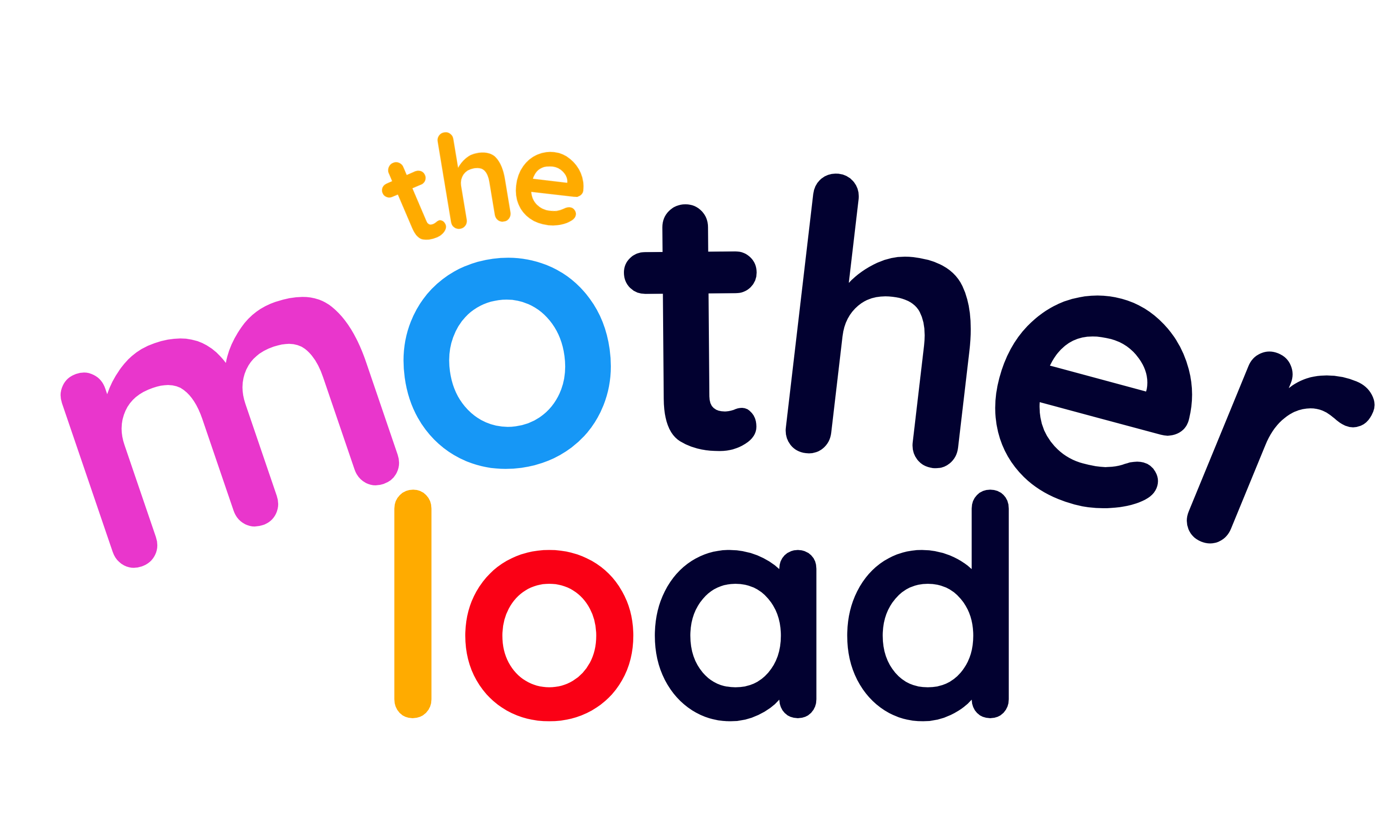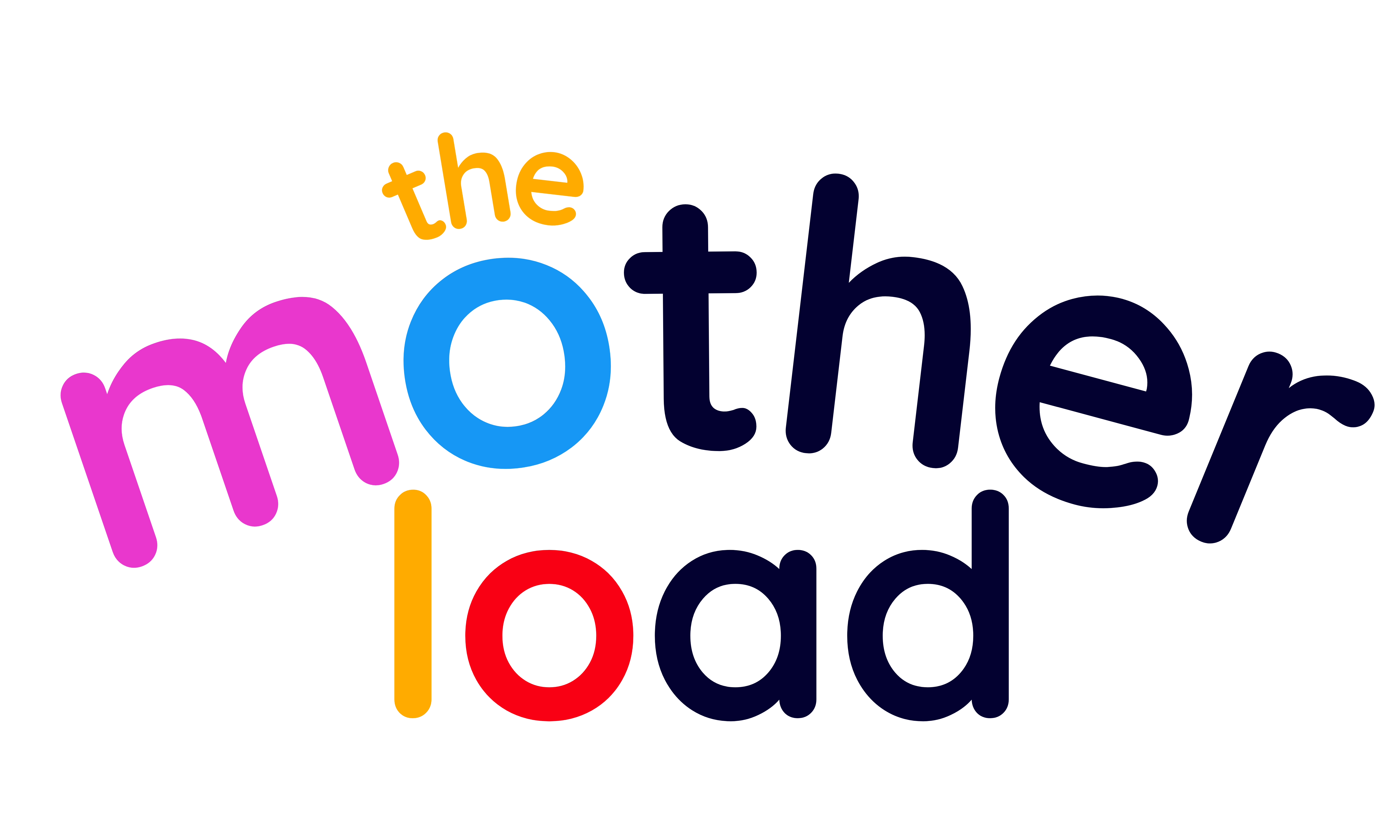Today I’m giving myself an honorary doctorate in Science as I discovered the secrets to breastfeeding years ago! You may have seen a recent article published in The Guardian titled ‘Low UK Breastfeeding Rates down to Social Pressures over Routine and Sleep’ I read this article thinking yep I know all this! Why didn’t I say something? I could have solved this problem ten years ago! Well not quite, but it really got me thinking about the experience I had with my first son twelve years ago.
Breastfeeding: What Went Wrong
I’d had a pretty difficult birth as it was; I walked out of hospital like an extra from ‘Night of the Living Dead’, getting home to a really bad case of the baby blues. This did in turn lead in to postnatal depression but that’s another story. But before I’d even left hospital I’d already had my breastfeeding journey jinxed by the curse of the top-up tale: if your baby won’t feed or is still hungry, then just top them up with formula, it won’t hurt, well maybe not the baby but it definitely affects the amount of milk your boobs are trying to make.
To Top Up, Or Not
So there was the first nail, well second actually, the birth was the first nail in my breastfeeding coffin but I’ll explain about that later. So then I’m told ‘Just you wait for day three you won’t know what’s hit you, you’ll look like Pamela Anderson; milk will be pouring from your body and squirting the ceiling.’ So when day three, four, seven arrived and there was barely a lonesome drop at the end of my nipple the only conclusion I could draw from this was I was one of those mums whose body just didn’t produce enough milk. By the way, it’s something like only 2% of women who can’t physically produce enough milk, a statistic that wasn’t supplied at the time. So I persevered…wait for it, for two weeks! I was an emotional wreck. My son was feeding all the time! He was constantly hungry, I couldn’t sleep, I rang breastfeeding helplines, I tried to pump and only got about 30 mls. 30 mls you say? Hmmm exactly what a baby needs around day 3-4. Can you see where I’m going with this?
‘Comfort’ feeding
So anyway, from what I do remember, a lot was talked about latch, latch was the buzzword! The only logical reason why you can’t feed is latch. He looked like he was latched on, and how should I know? I’d never done this before, but he was a mammal surely he knew what he was doing? Then stepped in the do-gooders; generally family and friends. “Don’t leave him suckling on the breast!” and “He’s not feeding, he’s using you for comfort!” or “Look, he’s just playing with you now!” and “Put him down you’re making a rod for your own back!” Then “He doesn’t look like he’s had a lot. Give him a bottle at least you know how much he’s getting.” “He’s getting you up three times a night? Mine were sleeping through from day 3 on!” “Have you got him in a routine yet?” And finally “You’ll end up with saggy boobs!”
Milk Shortage?
All this in two weeks and probably a bit in the lead up as well. So I quit! I hadn’t even had the challenge of breastfeeding in public, I didn’t even get that far and I felt really sad. But hey, I was just one of those women who didn’t have enough milk. (By the way, my boobs are better looking now than they’ve ever been so that just ain’t true)
Breastfeeding: Getting it Right
A couple of years later after a career change I started to work for the NHS and I was lucky enough to receive the UNICEF breastfeeding training. This course changed everything I had thought and heard about breastfeeding. It was so life-changing that 11 years later, without even having to dig out the dusty training file, I could breastfeed and at 17 months I’m still breastfeeding my second son. What I learned helped me understand every little step I’d taken that led to me quitting the feeding. Hopefully there may just be a little nugget that could help you too!
Skin to Skin
I want to share the bits that really stood out for me and it started right back to the moment my son was born. So fast forward 12 years we are all now pretty aware of the importance of skin to skin. Skin to skin has a whole host of wonderful benefits for mother and baby but it is this interaction and the first feed that kick starts the feeding hormones oxytocin and prolactin, but the journey doesn’t stop there. To build up a good supply of milk we need to keep producing oxytocin. Skin to skin is not only important for 1 hour. The more closeness and contact you have with your baby over the coming weeks the better your milk production will become. I only had that one hour and it was never mentioned again.
Let Your Baby Suckle
Being told I was being used as a soother didn’t help my breastfeeding journey either, the flutter suck that was described to me as ‘he’s using you as a dummy’ was my son actually eating! Yes, he was getting a good supply of milk, see I knew he knew what he was doing, but based on this advice I’d take him off and wonder why 30 minutes later he’d be crying for more. Expressing wasn’t better, generally women won’t express more than what can be given during an actual feed and realising how small your baby’s tummy actually is in the first few weeks of life should be essential knowledge. Visualise a cherry, a walnut, an apricot and an egg; this is the size journey your baby’s tummy will take in the first couple of weeks of life. I was imagining some huge milk-guzzling thing! So as you can see in the first few days it’s only a teaspoon or 30 mls, the measly amount I’d managed to express.
Supply And Demand
I read a fantastic analogy awhile back in a breastfeeding support group, your boobs are like a factory not a warehouse, and although we may store milk in our breasts, it is in regular feeding that our milk is produced, explaining why for me on day three my milk didn’t come flooding in. Now I know this isn’t true for some women, lots will experience loads of milk and how I remember this being explained on the UNICEF course was if you imagine an arc, let’s call it a rainbow, as a breastfeeder you will sit somewhere on this rainbow. Those at the beginning of the rainbow may have to work a lot harder at getting all the components of breastfeeding right to be successful where as those at the other end of the scale won’t have to be as precise as they will have an abundance of milk. This was true with my second son, once again I was somewhere at the beginning. Again I didn’t experience drowning in milk on day three but I remembered the arc and that’s just not how my body rolls. Hurrah! I experienced success. I knew why I’d remembered this stuff. Let me just also add that in 17 months I only experienced full-on boobs bursting engorgement on one day and that was around the six month mark when I was away for the day. But for those who do, then expressing a bit off before the start of the feed can help baby latch on easier.
Spacing the Feeds
So, on to the next lightbulb moment. Why are they feeding all the time? They should be able to go every three hours, right? This breastfeeding myth is generally perpetuated by the experiences of bottle feeders. Breastfeeding just doesn’t work that way and if you think about it, neither do we. I’m already on my second cup of tea this hour. Once you get your head around feeding on demand and lose the 3 hour expectation, feeding becomes a lot easier to relax in to. I’m not saying it’s easy when you have so many other commitments but if you let this myth dominate your thoughts you will find breastfeeding difficult but there is comfort in knowing that as each month roles by the feeds do become less and they do become easier.
The Night Shift
Night feeds can really be the defining moment when a mum will make the decision to quit. There’s no doubt they can take their toll but actually I found the bottle feeds harder as I just plain well made it hard on myself. My son would wake, lights would be on, bottles would be being prepared, nappies changed, sitting up in bed or in my special chair, winding would take ages. By day two of breastfeeding son number two, I thought ‘sod this’ and I lay down in bed and breastfed my baby and my life suddenly became so much easier and for the first few months at least I was so rested you wouldn’t think I’d given birth. Just a note it is really important that you familiarise yourself with safe bed-sharing before you consider this.
Happy Baby
This time round I don’t actually remember son number two hysterically crying for his feed and that’s because this time I recognised the cues. My first son was like reading the Bible in Arabic; I just didn’t understand him, not that I understand the Bible. I didn’t get his cries, his movements, his cues and nobody showed me; he may as well have been from Mars. The biggest craze at the time was The Baby Whisperer, I don’t remember getting on too well with this either but I do remember one thing, the sound a baby makes before hunger meltdown. I can only describe it as a ‘huh huh huh’ type of sound and guess what? My second son did the same, that along with little tongue flicks, opening his mouth, sucking his fists and turning his head towards me. Hallelujah!!! I cracked it.
So as you can see breastfeeding is a lot more than latch; although this is important and cracked nipples are not fun, but trial and error is also hard work. The opinions of well-wishers are definitely not always useful, and as The Guardian article states ‘Understanding a bit about the physiology of breastfeeding can be really helpful’.
I hope this gives somebody out there struggling your own lightbulb moment and in the meantime keep on boobing!
About Jo Fellowes
I’m mum to two boys, 12 and 17 months and I’m a Daisy Birthing and Parent Teacher down in sunny Somerset. Originally from the North West, we relocated a couple of years ago. I’d like to think you’ll be reading my posts with a Coronation Street-style accent in your heads.
Blog: daisyburnhamonsea.blogspot.co.uk/
Twitter: https://www.twitter.com/daisybonsea
Facebook: facebook.com/daisyburnhamonsea/



2 comments
Pingback:
Pingback: